Encountering the Windows Update error code 0x800f081f can be frustrating, especially when you're trying to keep your system up to date. This error often indicates issues with corrupted or missing system files, particularly related to the .NET Framework components. Fortunately, there are several methods you can employ to resolve this issue and get your Windows 11 updates back on track.
1. Re-enable .NET Framework 3.5
The error 0x800f081f is commonly associated with problems in the .NET Framework installation. Re-enabling the .NET Framework 3.5 can often resolve the issue.
Step 1: Press the Windows key and type Windows Features in the search bar. Click on the "Turn Windows features on or off" option from the search results.
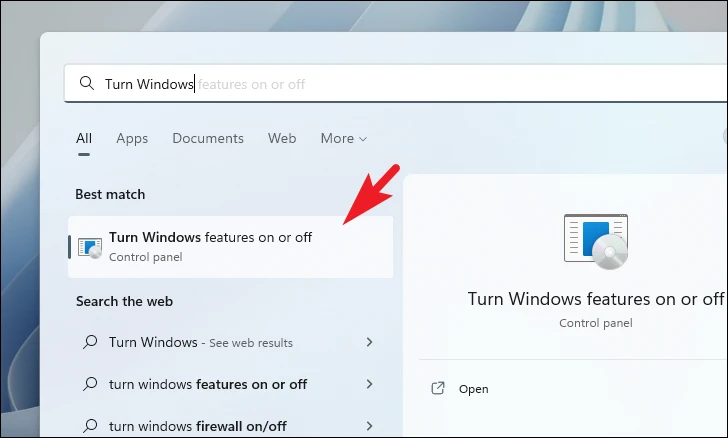
Step 2: In the Windows Features window, locate the ".NET Framework 3.5 (includes .NET 2.0 and 3.0)" option. Click the checkbox next to it to enable it. Then, click the + icon to expand it.

Step 3: Ensure all sub-options under the expanded section are checked. Repeat the same process for ".NET Framework 4.8 Advanced Services". Expand it by clicking the + icon and check all sub-options.

Step 4: Click on the "OK" button to apply the changes. Windows will search for the required files and apply the changes. This may take a few minutes.
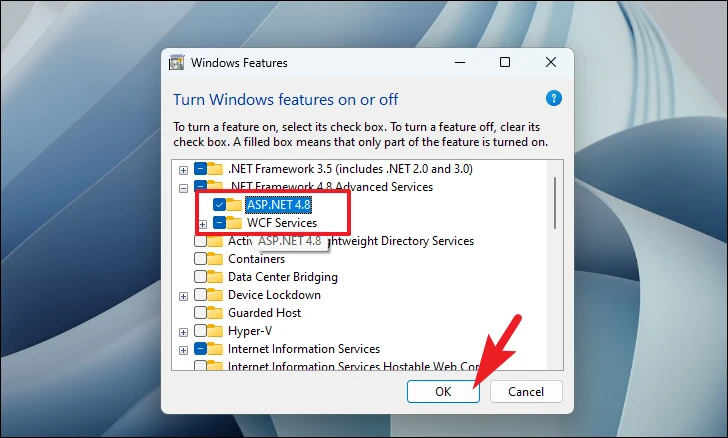
Step 5: Once the changes are applied, restart your computer and attempt to run Windows Update again to see if the issue persists.
2. Run SFC and DISM Scans
System File Checker (SFC) and Deployment Image Servicing and Management (DISM) are built-in tools that can repair corrupted system files, which might be causing the update error.
Step 1: Press the Windows key, type Terminal, right-click on Windows Terminal, and select "Run as administrator".
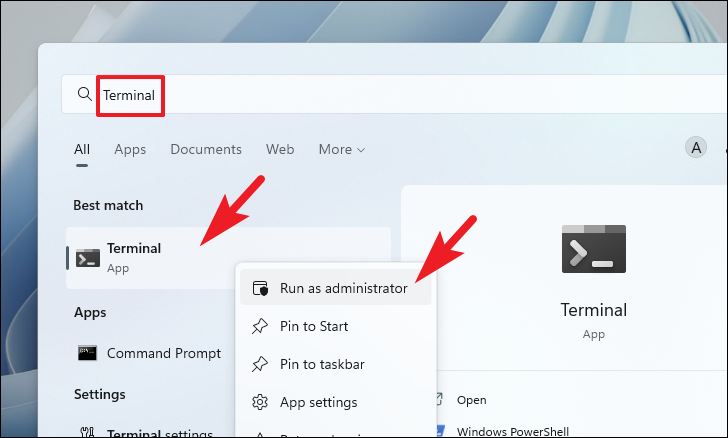
Step 2: If prompted by User Account Control (UAC), click "Yes" to grant administrative privileges.

Step 3: In the Terminal window, ensure you're using Command Prompt. If not, click the dropdown arrow at the top and select "Command Prompt".
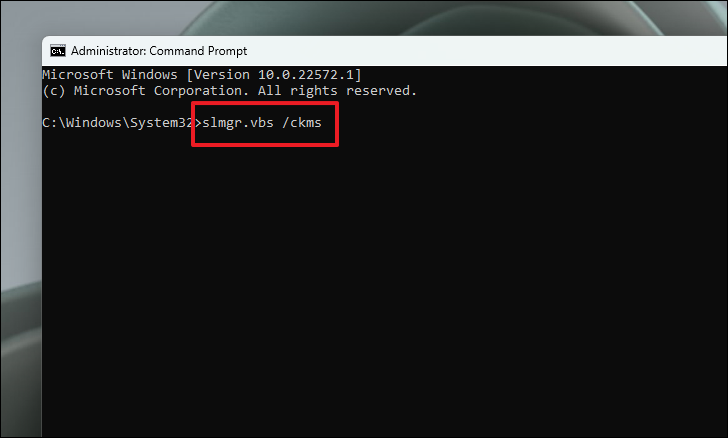
Step 4: Type the following command to run the DISM tool and press Enter:
DISM /Online /Cleanup-Image /RestoreHealth
Step 5: Wait for the process to complete. It might take several minutes and may appear stuck at times—this is normal.
Step 6: Once DISM is finished, type the following command to run the SFC scan and press Enter:
SFC /scannow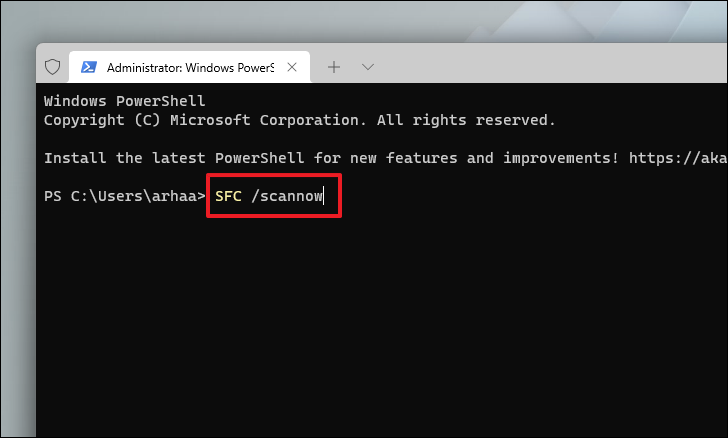
Step 7: After the SFC scan completes, restart your computer and try running Windows Update again.
3. Delete Specific Registry Entries
Incorrect or corrupted registry entries can cause update errors. Deleting certain entries may resolve the issue.
Step 1: Press the Windows key, type Registry Editor, and click on it in the search results.

Step 2: In the Registry Editor, navigate to the following path by copying and pasting it into the address bar:
HKEY_LOCAL_MACHINE\SOFTWARE\Policies\Microsoft\Windows\WindowsUpdateStep 3: On the right pane, look for WUServer and WIStatusServer entries.
Step 4: Right-click on each of them and select "Delete" to remove them.
Step 5: Empty the Recycle Bin to ensure the entries are completely removed.
Note: If these entries are not present, proceed to the next method.
4. Reset Windows Update Services
Resetting the Windows Update services can fix issues related to update delivery and installation.
Step 1: Open the Windows Terminal as an administrator, as described in Method 2.
Step 2: In the Command Prompt window, type the following commands one by one, pressing Enter after each to stop the Windows Update services:
net stop bits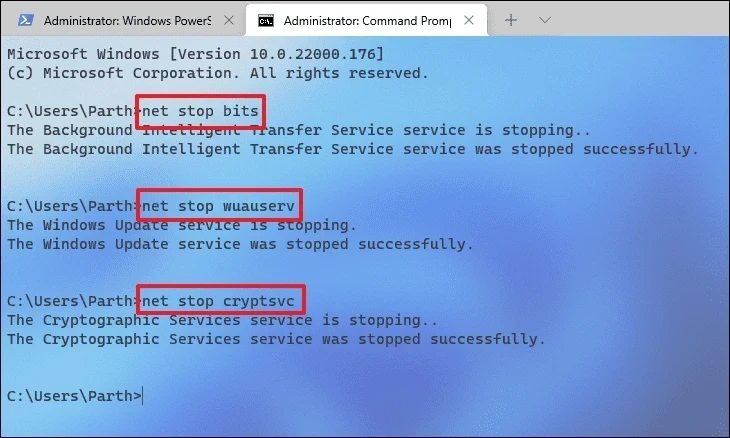
Step 3: Press Windows + R to open the Run dialog, type the following path, and click "OK":
C:\Windows\SoftwareDistribution\DataStore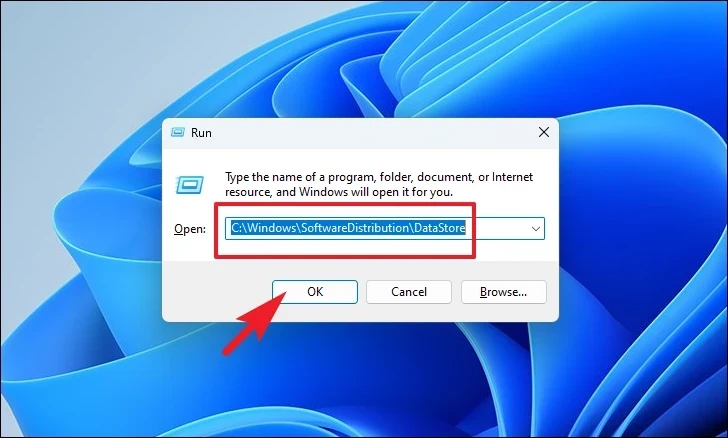
Step 4: In the folder, press Ctrl + A to select all files, then press Shift + Delete to permanently delete them.

Step 5: Back in the Command Prompt, type the following command and press Enter to delete the qmgr*.dat files:
Del "%ALLUSERSPROFILE%\Application Data\Microsoft\Network\Downloader\qmgr*.dat"Step 6: Type the following command to remove the catroot2 folder:
rmdir %systemroot%\system32\catroot2 /S /Q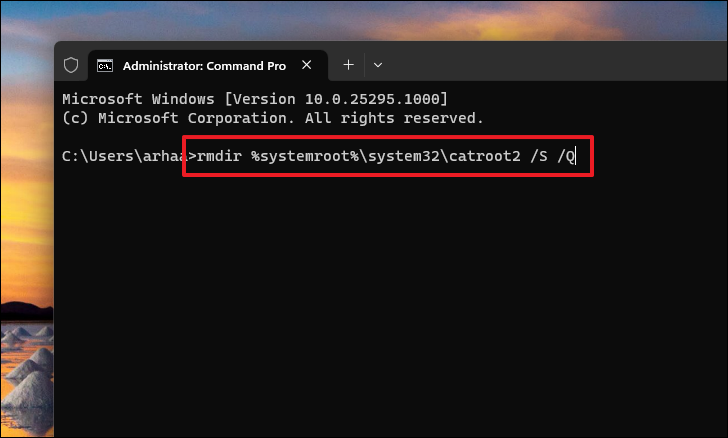
Step 7: Reset the BITS and Windows Update services to their default security descriptors by typing these commands:
sc.exe sdset bits D:(A;;CCLCSWRPWPDTLOCRRC;;;SY)(A;;CCDCLCSWRPWPDTLOCRSDRCWDWO;;;BA)(A;;CCLCSWLOCRRC;;;AU)(A;;CCLCSWRPWPDTLOCRRC;;;PU)sc.exe sdset wuauserv D:(A;;CCLCSWRPWPDTLOCRRC;;;SY)(A;;CCDCLCSWRPWPDTLOCRSDRCWDWO;;;BA)(A;;CCLCSWLOCRRC;;;AU)(A;;CCLCSWRPWPDTLOCRRC;;;PU)Step 8: Change the directory to the System32 folder by typing:
cd /d %windir%\system32Step 9: Re-register the BITS files and Windows Update files by typing the following commands. Press Enter after each command:
regsvr32.exe /s atl.dll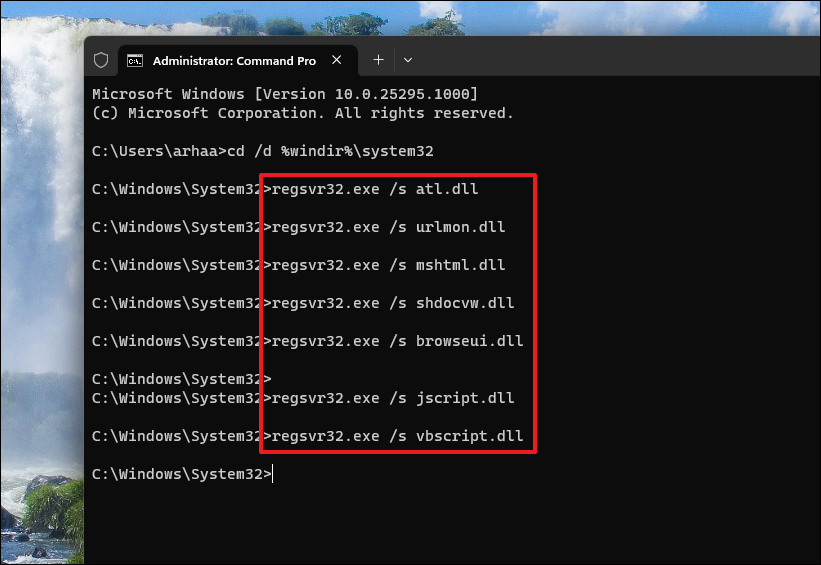
Step 10: Restart the services you stopped earlier by typing:
net start bits
Step 11: Restart your computer and try running Windows Update again.
5. Run Windows Update Troubleshooter
Windows has a built-in troubleshooter that can automatically detect and fix common update issues.
Step 1: Open Settings by pressing Windows + I.
Step 2: Click on "System" in the left pane, then select "Troubleshoot" on the right.
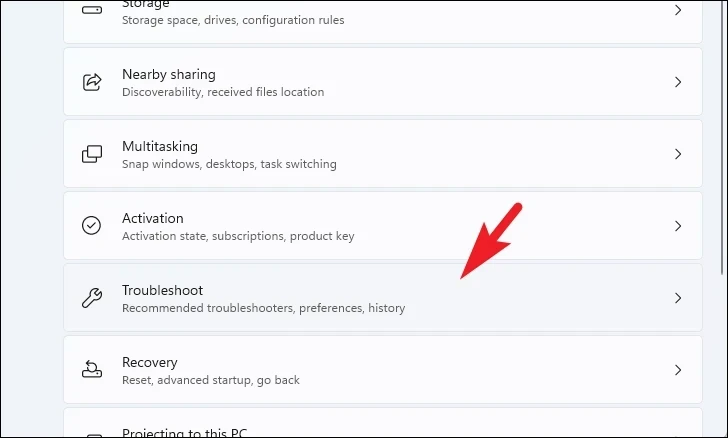
Step 3: Click on "Other troubleshooters".

Step 4: Find "Windows Update" and click on "Run".

Step 5: Follow the on-screen instructions to complete the troubleshooting process. If issues are detected, the troubleshooter will attempt to fix them.
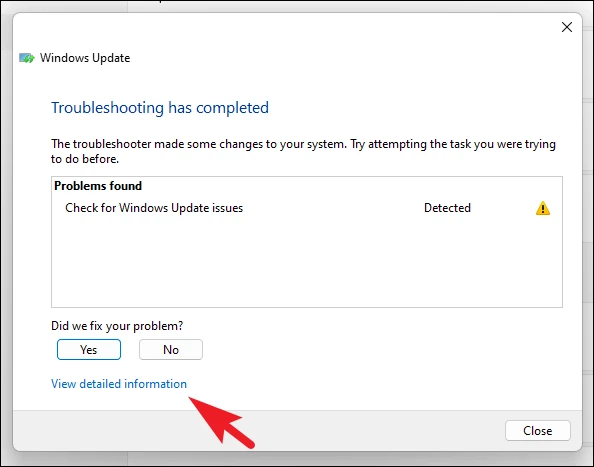
Step 6: After the troubleshooting is complete, try running Windows Update again.
6. Manually Download and Install Updates
If Windows Update isn't working, you can manually download and install the update package.
Step 1: Identify the KB (Knowledge Base) number of the update you need. You can find this in the Windows Update history or from Microsoft's update release notes.
Step 2: Go to the Microsoft Update Catalog website.
Step 3: Enter the KB number in the search bar and press Enter or click "Search".

Step 4: Locate the correct update from the list, ensuring it matches your system architecture (e.g., x64-based). Click on the update title for more details if needed.

Step 5: Click on the "Download" button next to the appropriate update.

Step 6: In the new window, right-click the download link and select "Save link as...". Choose a location to save the update file and click "Save".

Step 7: Once downloaded, navigate to the file location and double-click on the update file to install it.
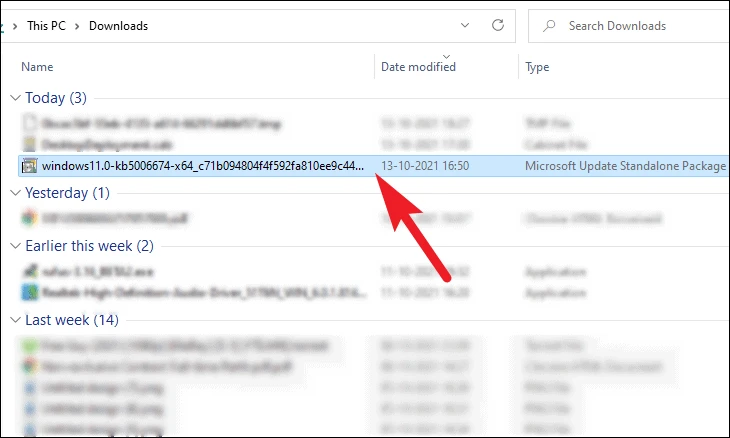
Step 8: Follow the on-screen instructions to complete the installation. You may need to restart your computer afterward.
7. Adjust Group Policy Settings
Incorrect Group Policy settings can prevent Windows from updating properly. Adjusting these settings may resolve the issue.
Note: The Group Policy Editor is only available in Windows 11 Pro, Education, and Enterprise editions.
Step 1: Press the Windows key, type Group Policy, and click on "Edit group policy".

Step 2: In the left pane, navigate to:
Computer Configuration > Administrative Templates > System
Step 3: In the right pane, find and double-click on "Specify settings for optional component installation and component repair".
Step 4: Set the policy to "Enabled", then click "Apply" and "OK".
Step 5: Restart your computer and try running Windows Update again.
8. Clear Update Cache and Restart Components
Clearing the Windows Update cache can resolve issues caused by corrupted cache files.
Step 1: Open the Windows Terminal as an administrator.
Step 2: Stop the Windows Update services by typing the following commands and pressing Enter after each:
net stop bitsStep 3: Open the Run dialog with Windows + R, type the following path, and click "OK":
C:\Windows\SoftwareDistribution\DataStoreStep 4: Delete all files in this folder by selecting them and pressing Shift + Delete.
Step 5: Back in the Command Prompt, delete the qmgr*.dat files:
Del "%ALLUSERSPROFILE%\Application Data\Microsoft\Network\Downloader\qmgr*.dat"Step 6: Remove the catroot2 folder:
rmdir %systemroot%\system32\catroot2 /S /QStep 7: Reset the BITS and Windows Update services to their default security descriptors using the commands from Method 4.
Step 8: Re-register the BITS and Windows Update files using the commands from Method 4.
Step 9: Restart the services by typing:
net start bitsStep 10: Restart your computer and attempt to run Windows Update.
By following these methods, you should be able to resolve the Windows Update Install Error 0x800f081f on your Windows 11 system. Keeping your system updated is crucial for security and performance, so it's essential to address update issues promptly.











Member discussion